This week marks the 30th anniversary of Raju Ban Gaya Gentleman, which released to great acclaim on November 13, 1992.
The first big film headlined by Shah Rukh Khan kick-started a remarkable rise that would turn him into Bollywood’s biggest global star within five years. The story of a young man from humble beginnings venturing into the big city to make a name for himself remains relevant and mirrors the actor’s own life.
Eastern Eye marks three decades of the cult classic by revealing the hidden story behind the movie, including a great sacrifice, star-making strategy, and immense dedication from a future cinema icon, by speaking to the film’s producer Viveck Vaswani.
Shah Rukh Khan struck up a friendship actor/producer Viveck Vaswani after a chance encounter with on the streets of Mumbai. The young man from Delhi had acted on television but had nowhere to live and moved into Vaswani’s residence.
“He was very clear about wanting to do television and not films. I said, okay don’t. I had just completed hit film Patthar Ke Phool. (Producer) GP Sippy Saab wanted me to make another film for him. We were in the process of creating Aatish, which my assistant Sanjay Gupta would be directing, with Sanjay Dutt and Raveena Tandon,” explained Vaswani.
Soon after Shah Rukh Khan’s mother passed away in Delhi, he landed back in Mumbai in the middle of the night and knocked on Vaswani’s door. “He said until you don’t swear, you are going to make a film, I’m not coming into your house. I agreed! He put his bags into the foyer of my house. We then went to the President Hotel, next door, ordering coffee and unlimited cigarettes.”
That late night brainstorming session started the Raju Ban Gaya Gentleman journey. The next step would be to find a good writer/director. Khan rejected directors including Kundan Shah, despite them working together on TV series Circus, but would later work with him on Kabhi Haan Kabhi Naa (1994). “Shah Rukh suggested his friend Aziz Mirza but said he had never directed a film before. I said Anant Balani had never directed before my film Patthar Ke Phool. We will meet Aziz. We both met Aziz, and he had this story idea of a boy, who comes to the big bad world of Bombay. He also told me it was a loose adaptation of Shree 420, which I hadn’t seen.”
Mirza was encouraged to write the screenplay, with Khan and Vaswani giving inputs on characters, story, and setting. Directors Kundan Shah, Saeed Mirza and Sudhir Mishra also gave suggestions because they believed in the project. When the screenplay was ready financier GP Sippy was asked to make the film. “He said, are you mad? You want to make a film with this TV actor. We've just made Patthar Ke Phool with Salman Khan and Raveena Tandon, why not use them again.”
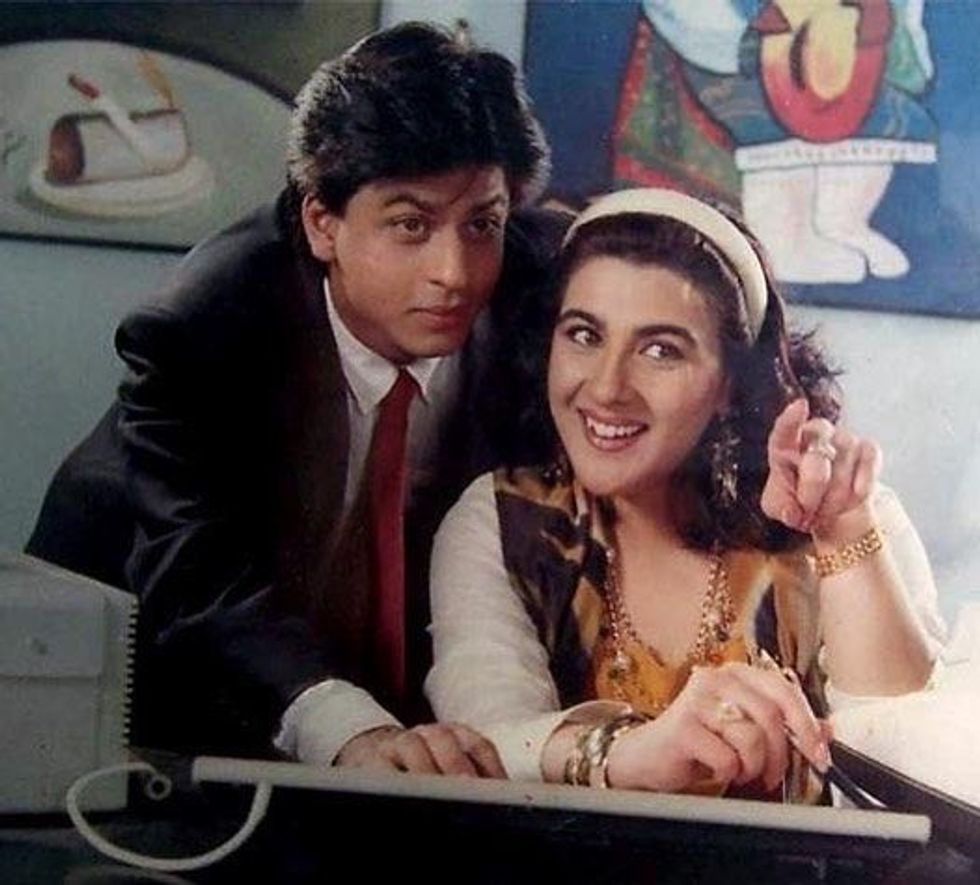
Sippy then suggested Aamir Khan for the lead role and Vaswani went to meet him at a film studio, with the unknown Shah Rukh Khan in tow.
“I offered him the film reluctantly. Aamir said what is the problem? I explained I was making this film for Shah Rukh, but Sippy Saab wants you and I can’t say no to him. He understood, and said I can’t say no to him either, so tell him I have no dates for two years. Aamir was very understanding and stepped aside.”
Vaswani was then ordered by Sippy to approach Vivek Mushran, who was being launched by Subhash Ghai in Saudagar (1991), but his management wanted too much money.
The producer figured that his protégé needed to be saleable, so introduced the actor to leading filmmakers and got him projects including King Uncle, Chamatkar, Dil Aashna Hai and Deewana. “It didn’t matter how big or small the role or film was, we got him signed to projects.”
This impressed film mogul GP Sippy, but not enough to cast Shah Rukh Khan. Vaswani hadn’t taken any money upfront for Patthar Ke Phool and says he was contracted to receive 25 per cent of profits. This led him towards a secret sacrifice to get the project made. “I said give me my money and I’ll make my own film. Actually, I didn’t want that! I knew that if Shah Rukh was going to become big, he would need the power of a GP Sippy. Finally, Sippy Saab called me and said, you make Aatish from behind the scenes, without any credit or money, and wave the profits of Patthar Ke Phool. Thirdly, we will make Raju Ban Gaya Gentleman, but you won’t get a rupee for it.”
The young producer reluctantly agreed to the harsh terms, of not getting any money for three films because of the promise he made. “He didn’t have any money or a house. I had a big house and wonderful parents, so signed the paper. I went home where Shah Rukh was sitting dejected. I said Raju Ban Gaya Gentleman is on and Sippy films is producing. I said the man who made Sholay will launch you and he was ecstatic.”
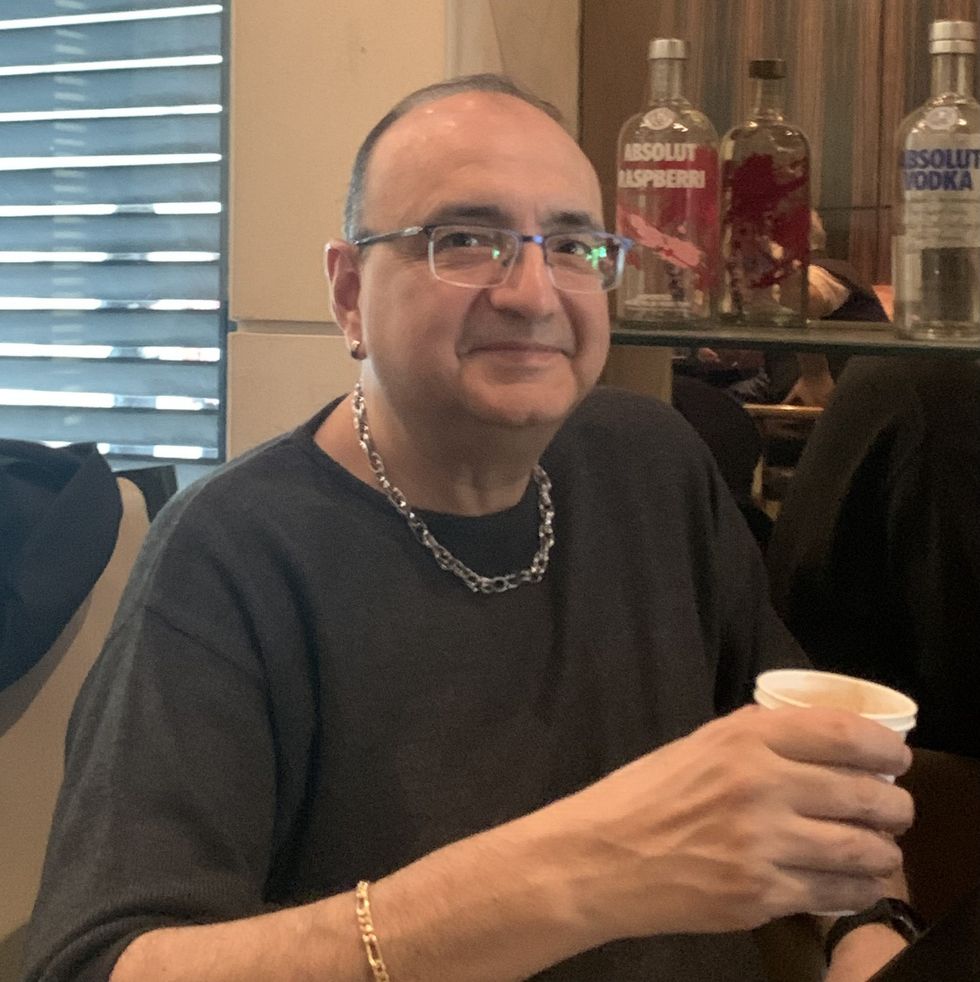
Meanwhile, the strategy was working because the other films he had signed were raising his profile. The next step was to assemble a strong cast. Fast rising star Juhi Chawla, lived near Vaswani, and was the first choice for the leading lady. GP Sippy had wanted someone glamorous for the second leading lady like Raveena Tandon, but Vaswani wanted to cast Amrita Singh to create the idea of an older woman falling for a younger man. He persuaded established star Amrita to reduce her price in exchange for a commitment that Abu Jani and Sandeep Khosla would design her costumes. “It was a good experience working with Amrita Singh and Juhi Chawla. They were very professional.”
The other key cast member was Nana Patekar as the street philosopher, but GP Sippy’s son Ramesh Sippy wanted Shatrughan Sinha for the role because they were close friends. “I love Shatrughan very much and he could have played the role, but Bombay was a major character, and we wanted someone who could represent the spirit of the city. I had seen Nana Patekar in Parinda and was scared to go to him. But he was completely disciplined and worked so well with us. It was one of the happiest relationships I ever had with any actor in my life.”
Unknown music directing duo Jatin-Lalit were signed to do the music. In the following years they would deliver iconic soundtracks for films like Dilwale Dulhania Le Jayenge, Khamoshi and Kuch Kuch Hota Hai.
Ace cinematographer Binod Pradhan had captured a dark side of Mumbai in Parinda (1989) and was tasked with presenting the lighter side of the city. “Binod Pradhan did a brilliant job. He is one of the finest cinematographers in the world.”
Great preparation, a dedicated team and talented cast resulted in smooth sailing during the shoot. By the time Shah Rukh Khan had started shooting for Raju Ban Gaya Gentleman, he had experience on other films and was fully prepared. The young man had also dedicated himself to helping out on every aspect of the movie. “I was launching him, so this had to be the Shah Rukh Khan show. He had to match himself with the best in the business and did that. He was very professional. He had a great rapport and warmth with Aziz and I, which shone through in every frame, including the scene where I play the car salesman.”
Having got a foothold in films, Shah Rukh finally married long-time love Gauri Khan during the shooting of Raju Ban Gaya Gentleman. “I went to Delhi with Aziz Mirza for the wedding. Then Aziz, Shah Rukh and Gauri went to Darjeeling after the wedding to shoot for the first song Dil Hai Mera Deewana. It was like a first honeymoon for them.”
Aditya Chopra and Karan Johar would break box office records later in the 1990s, but before directing anything the aspiring filmmakers landed up on the sets of Raju Ban Gaya Gentleman to watch the shooting. “Aditya Chopra left, saying you have a special film. Four days later he called me up and wanted to speak to Shah Rukh. He said, we have a problem with Darr and want to replace Aamir (Khan). Although my father (Yash Chopra) doesn’t think he is big enough to match Sunny Deol, maybe we want him to do Darr. That is when I knew Raju Ban Gaya Gentleman was special. He had seen the soul of a great talent. He would go onto make memorable movies with Shah Rukh like Dilwale Dulhania Le Jayenge, Dil To Pagal Hai, Mohabbatein and Chak De India.”
When Vaswani saw the first cut of the film, he wept. “I tried to hide that I was crying. I looked at Nana Patekar during the trial show and he was also crying. So, I thought what the f*ck and we both cried. We knew, we had a special film.”
Raju Ban Gaya Gentleman became a big success. It turned Shah Rukh Khan into a star, added momentum to Juhi Chawla’s career, launched Aziz Mirza as a director, made GP Sippy money, gave a platform to music directors Jatin Lalit and established Nana Patekar. “The film benefitted everyone except me. Everyone in the Sippy camp kept disdainfully saying he's not the producer, but some production manager. Even though I was also finishing Aatish for them because Sanjay Gupta was a friend. I gave my all to the films and went on my merry way.”
Vaswani doesn’t regret signing the alleged devilish deal with GP Sippy that left him with nothing and is happy it launched Shah Rukh Khan. “He didn’t know about the deal and would have stopped me. But it’s 30 years later, and it’s something that happened. What we wanted to do with Shah Rukh happened. That makes me more than happy.”
The film remains timeless and Vaswani gives credit to writer/director Aziz Mirza. “He added warmth. Aziz wasn’t just satisfied with the written word and encouraged actors to improvise and add human elements. Nowadays no one does that. Everything works on machines and emails sent by corporate houses. But Raju was a very human film and made from the heart. Shah Rukh, Aziz, and I put our life into it. So did the entire cast and crew, including our brilliant editor, Javed Sayyed.”
Many have tried to copy the film but haven’t been unsuccessful. Vaswani finished by saying: “The story of a man being corrupted and returning to his roots is old as the hills, but Aziz told it in a special way. I’m proud of the film and all those who worked on it.”
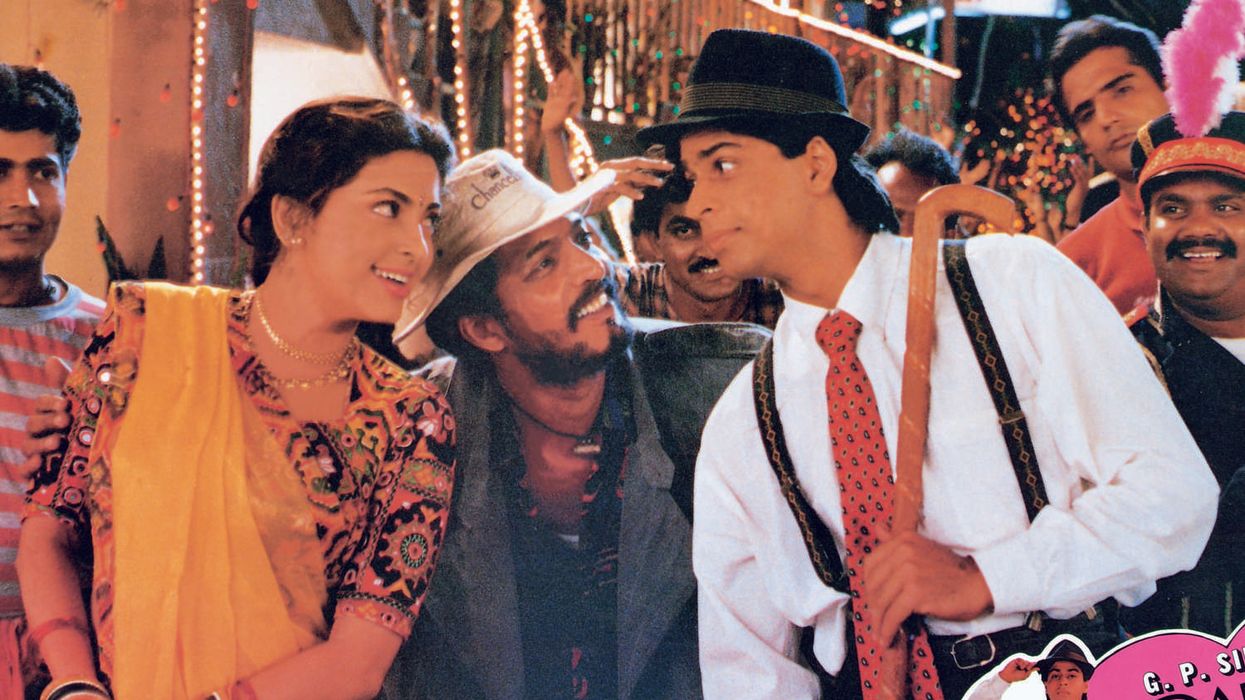
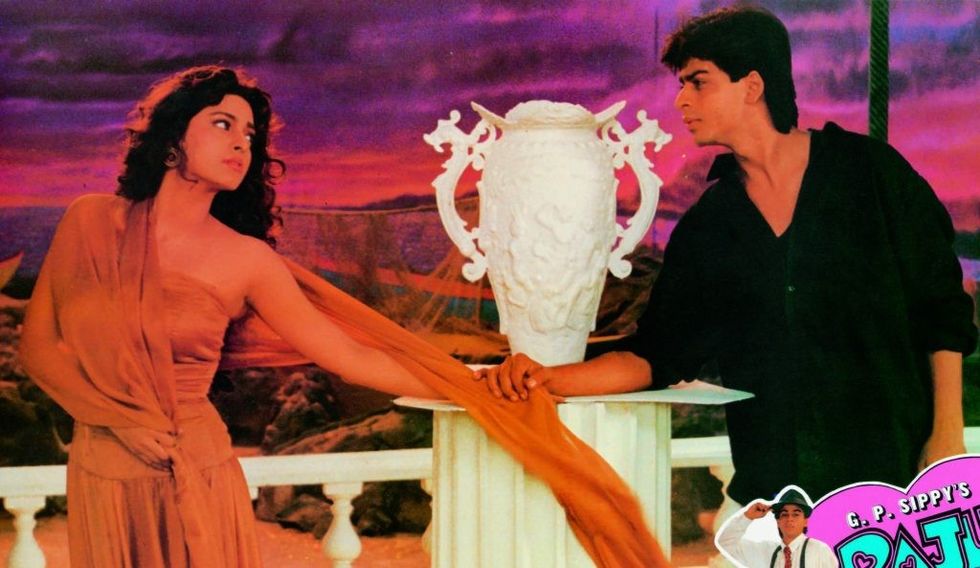





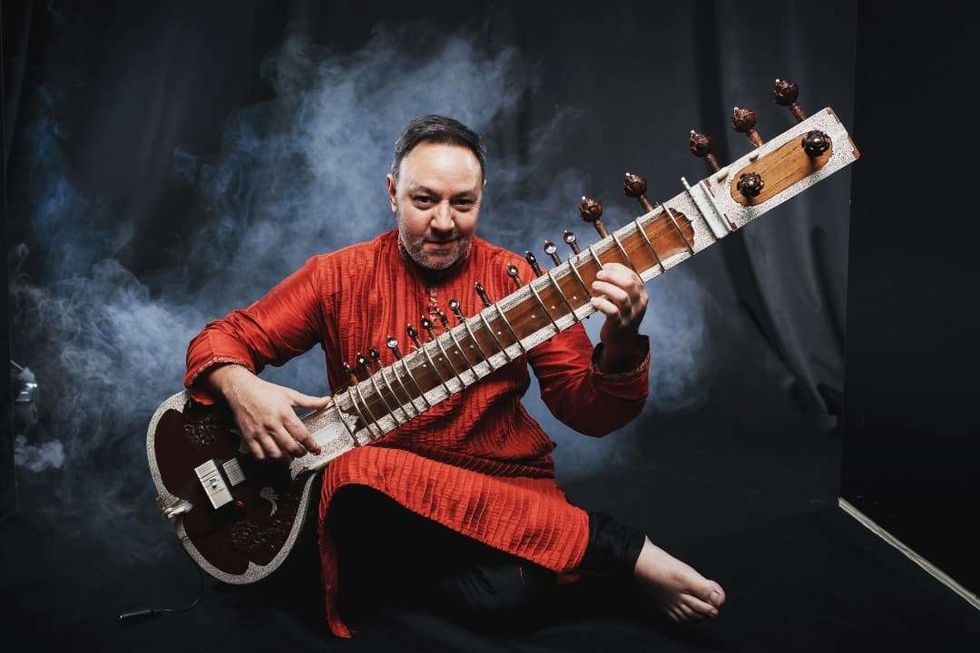 Jonathan Mayer on the sitar and beyond Instagram/the_sitarist/ @sat_sim
Jonathan Mayer on the sitar and beyond Instagram/the_sitarist/ @sat_sim 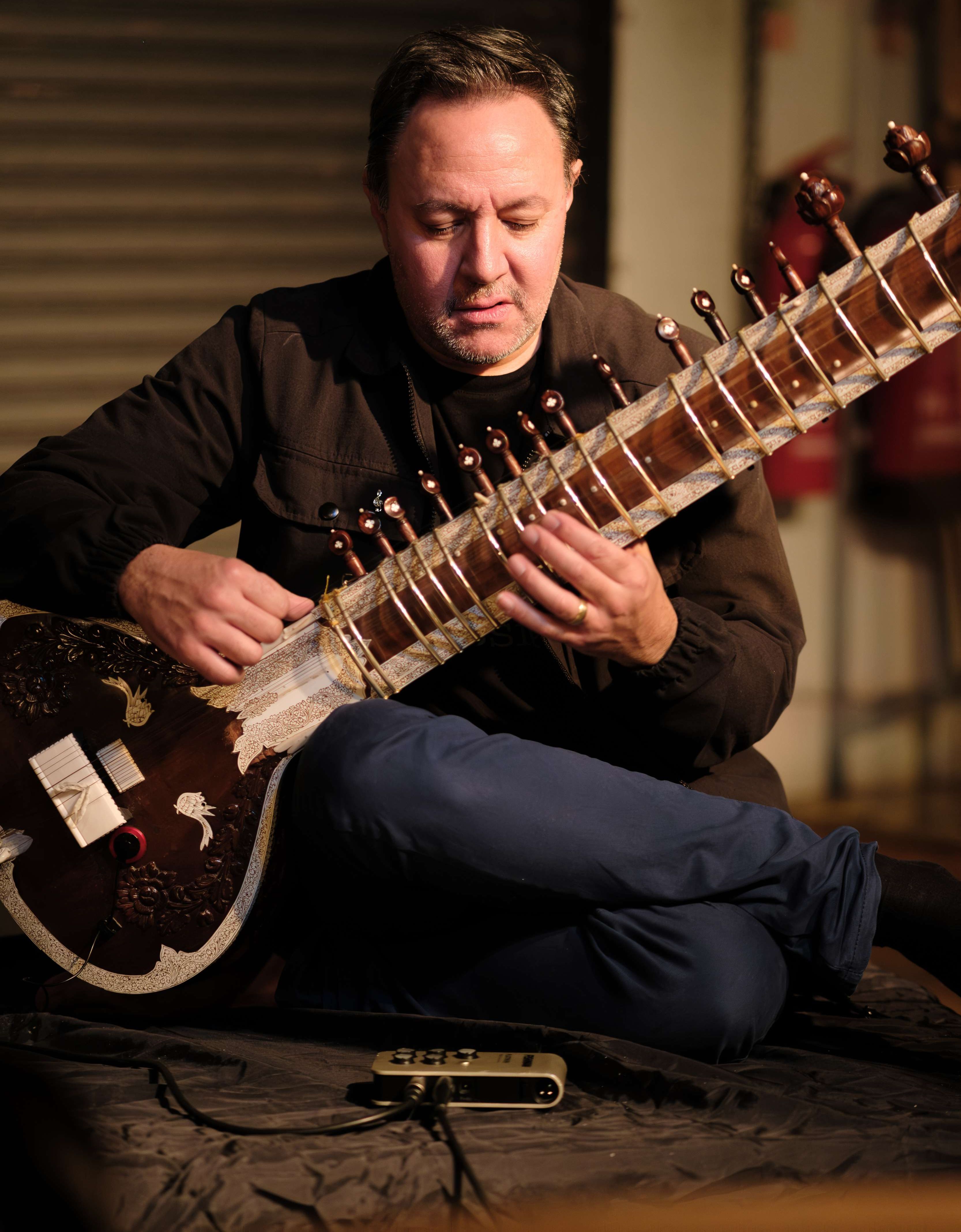 Redefining Indian classical music with Jonathan Mayer Akil Wilson
Redefining Indian classical music with Jonathan Mayer Akil Wilson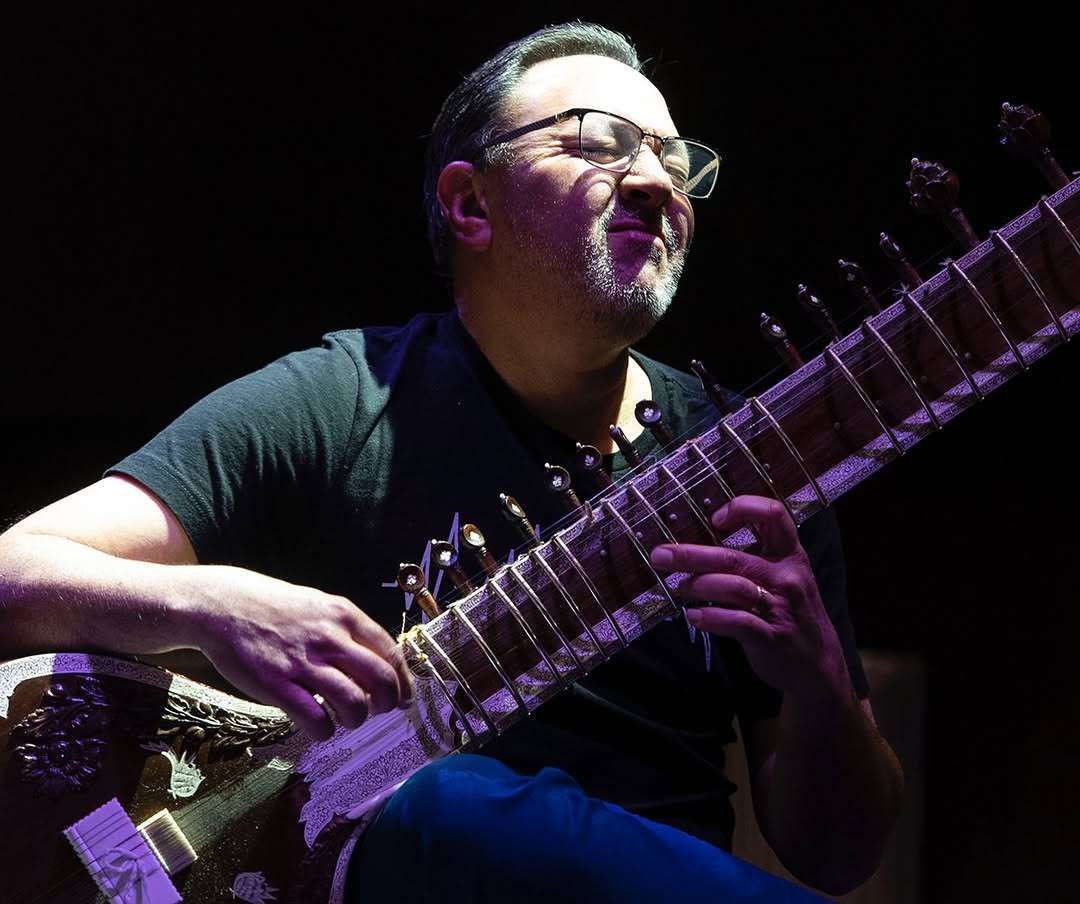 Jonathan Mayer on music without boundaries Instagram/the_sitarist/
Jonathan Mayer on music without boundaries Instagram/the_sitarist/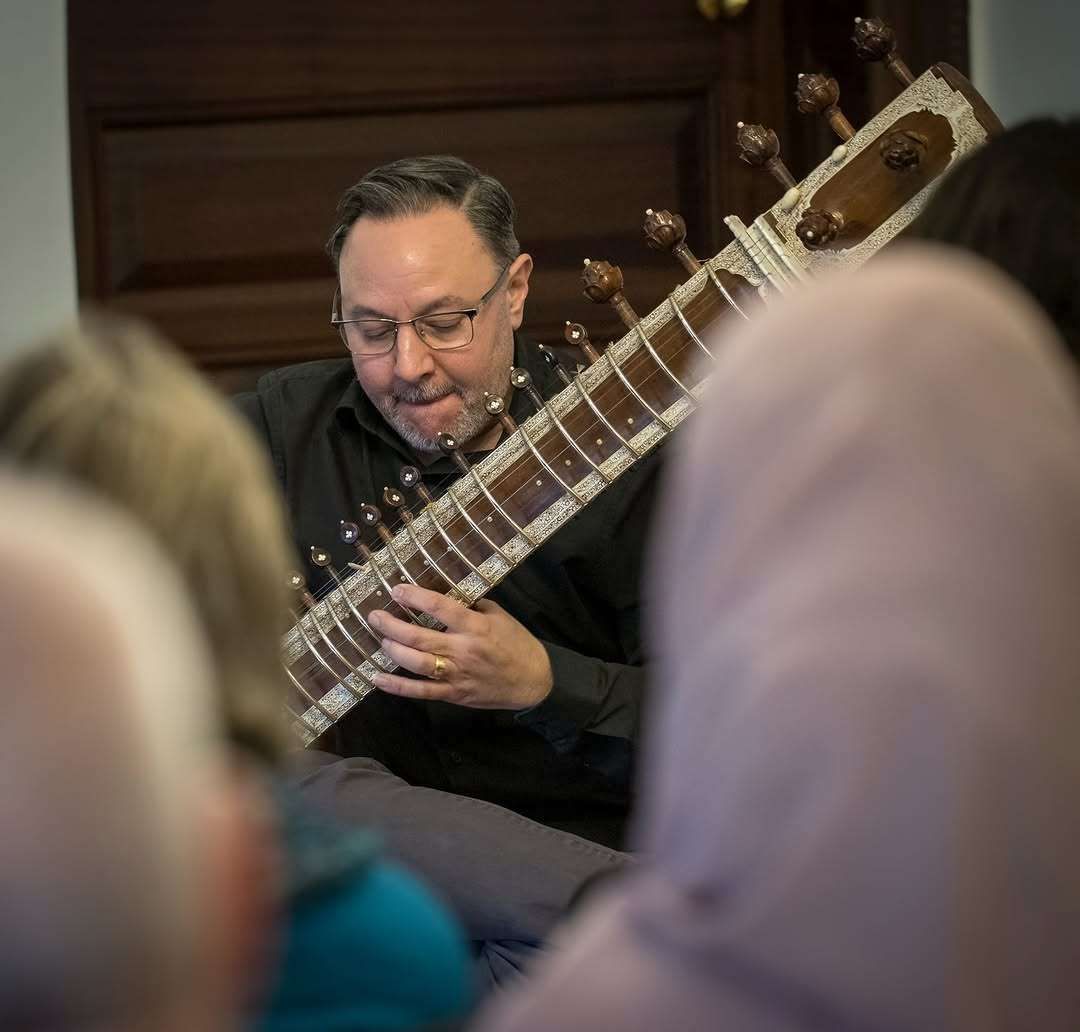 Jonathan Mayer on teaching and performing Indian music Instagram/
Jonathan Mayer on teaching and performing Indian music Instagram/





